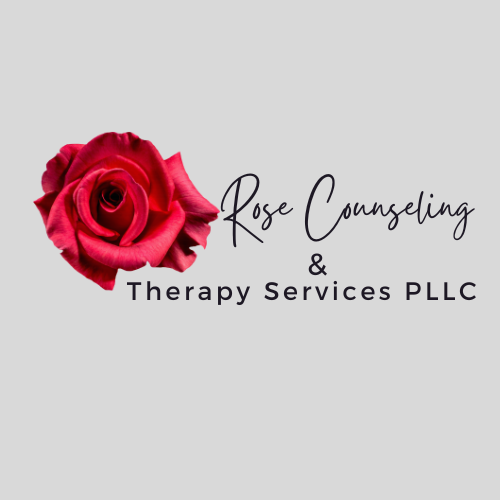Building Emotional Intimacy in Your Relationship
Emotional intimacy goes beyond physical connection, love, or feelings for someone. It’s about sharing your innermost thoughts and feelings with your partner and feeling safe and secure. Developing emotional intimacy is a process that takes time, patience, and effort. It requires both parties to be vulnerable, truthful, and open with one another. Cultivating emotional intimacy may be challenging, but developing meaningful, lasting connections is needed. You must push through moments of discomfort and continue communicating openly and honestly.
Understanding Emotional Intimacy
Emotional intimacy in a relationship is a feeling of closeness and connection between two people who feel safe and understood. It's about being emotionally open and honest and sharing thoughts and emotions in a trusting and vulnerable way. Emotional intimacy can be portrayed in many ways, such as:
- Meaningful Conversations: Talk about your hopes, fears, goals, and other feelings. These conversations help you understand each other on a deeper level.
- Daily Sharing: Share things that happened at work or in your day-to-day life. This helps both partners feel safe and validated.
- Quality Time Together: Spend time doing activities you both enjoy. Shared experiences strengthen your bond.
- Curiosity and Interest: Show genuine curiosity about each other’s lives, experiences, feelings, and interests. This fosters a deeper connection.
- Trying New Things: Be willing to explore and try new things together. This can create exciting and bonding experiences.
Benefits of Emotional Intimacy
Emotional intimacy can significantly reduce stress and anxiety by providing a safe space where you feel heard and understood. Many believe that emotional intimacy is the foundation of a relationship. Investing time, energy, and sometimes money into building and nurturing it can lead to a more fulfilling partnership. Without emotional intimacy, people may feel a lack of safety, love, support, and connection, which can also affect physical intimacy.
Tips for Increasing Emotional Intimacy
Here are some practical tips to help you and your partner increase emotional intimacy in your relationship:
1. Open Up and Express Your Feelings: Share your thoughts and feelings with your partner. Be honest about what’s on your mind and in your heart.
2. Listen Empathetically: Listen to your partner empathetically and non-judgmentally. Validate their feelings and experiences.
3. Spend Uninterrupted Quality Time Together: Make time to be together without distractions. This could be a date night, a walk in the park, or just sitting together and talking.
4. Keep Dating Each Other: Even in long-term relationships, continue to “date” each other. Plan special activities or surprises to keep the romance alive.
Talking About Emotional Intimacy with Your Partner
If you feel your relationship lacks emotional intimacy, talking to your partner about it is essential. Here are some tips for having that conversation:
- Approach with Compassion: Start the conversation with a compassionate and understanding mindset.
- Set Aside Time: Choose a time when you both can talk without interruptions.
- Use "I" Statements: Express your feelings using “I” statements to avoid sounding accusatory. For example, say, “I feel like we could connect more deeply.”
- Listen to Your Partner: Be open to hearing your partner’s perspective and feelings.
- Focus on Solutions: Work together to find ways to build emotional intimacy. Be proactive and positive in your approach.
- Seek Professional Help if Needed: If you’re struggling to build emotional intimacy, consider seeking help from a licensed therapist or counselor. They can provide guidance and support.
Emotional intimacy is a crucial component of a healthy and fulfilling relationship. It requires effort, vulnerability, and a commitment to open communication. By nurturing emotional intimacy, you can build a deeper, more meaningful connection with your partner that stands the test of time.
